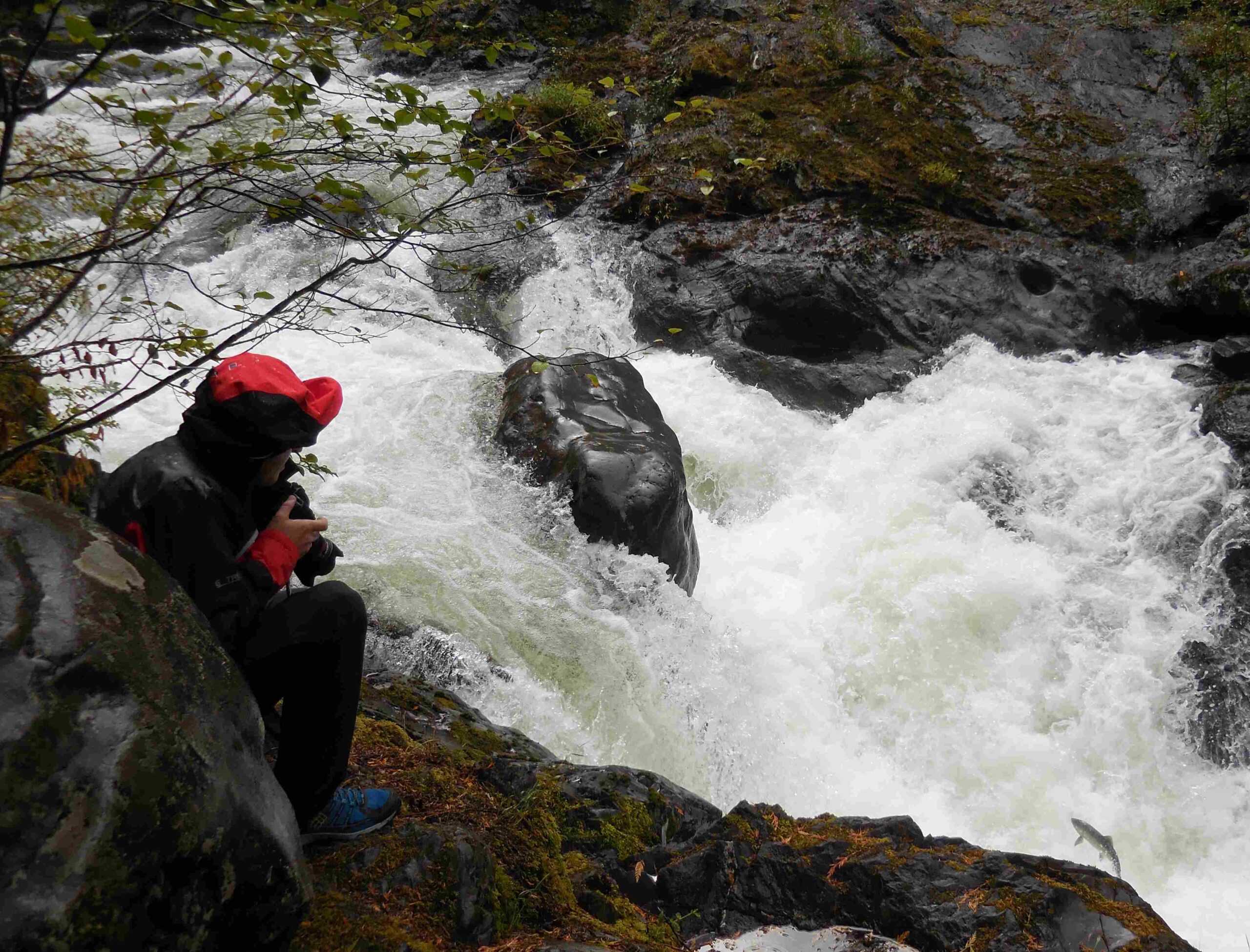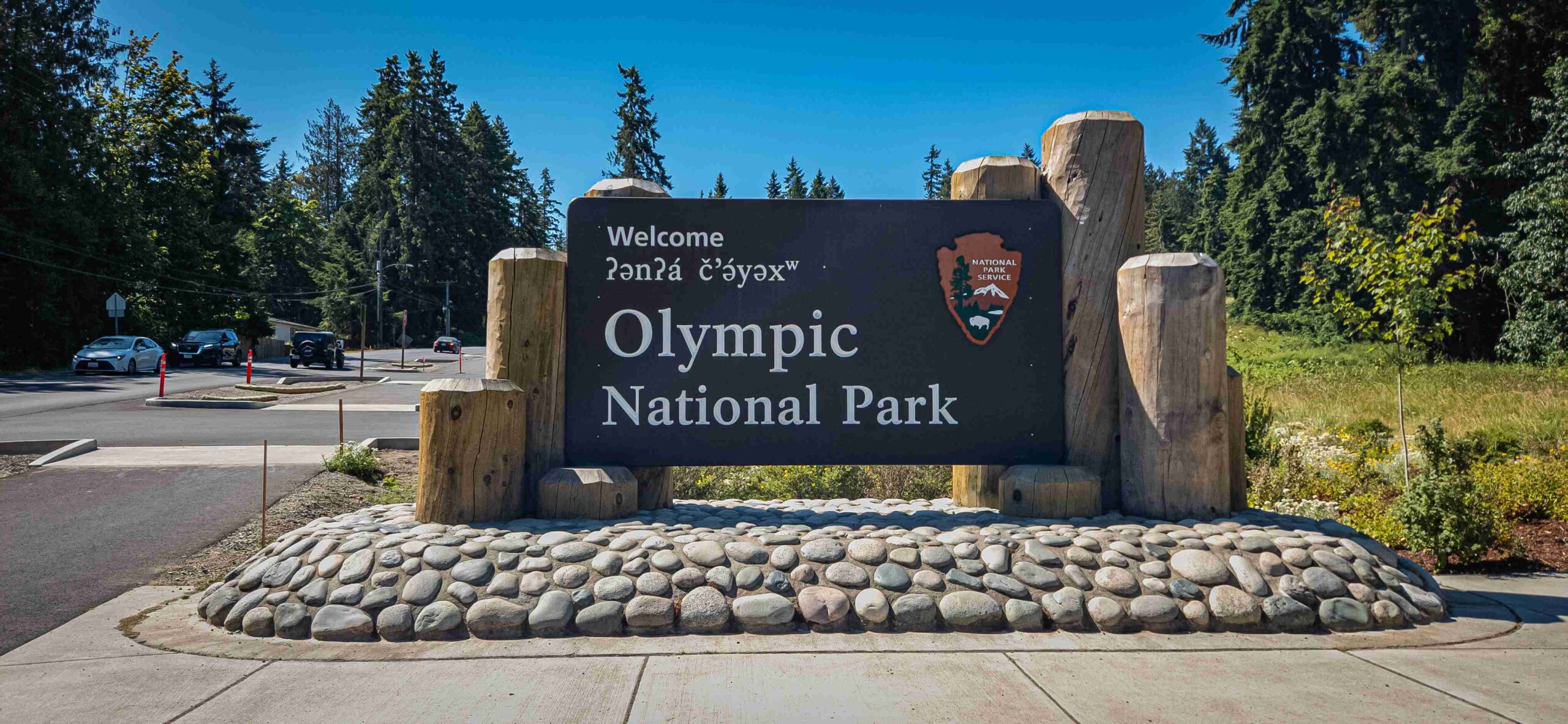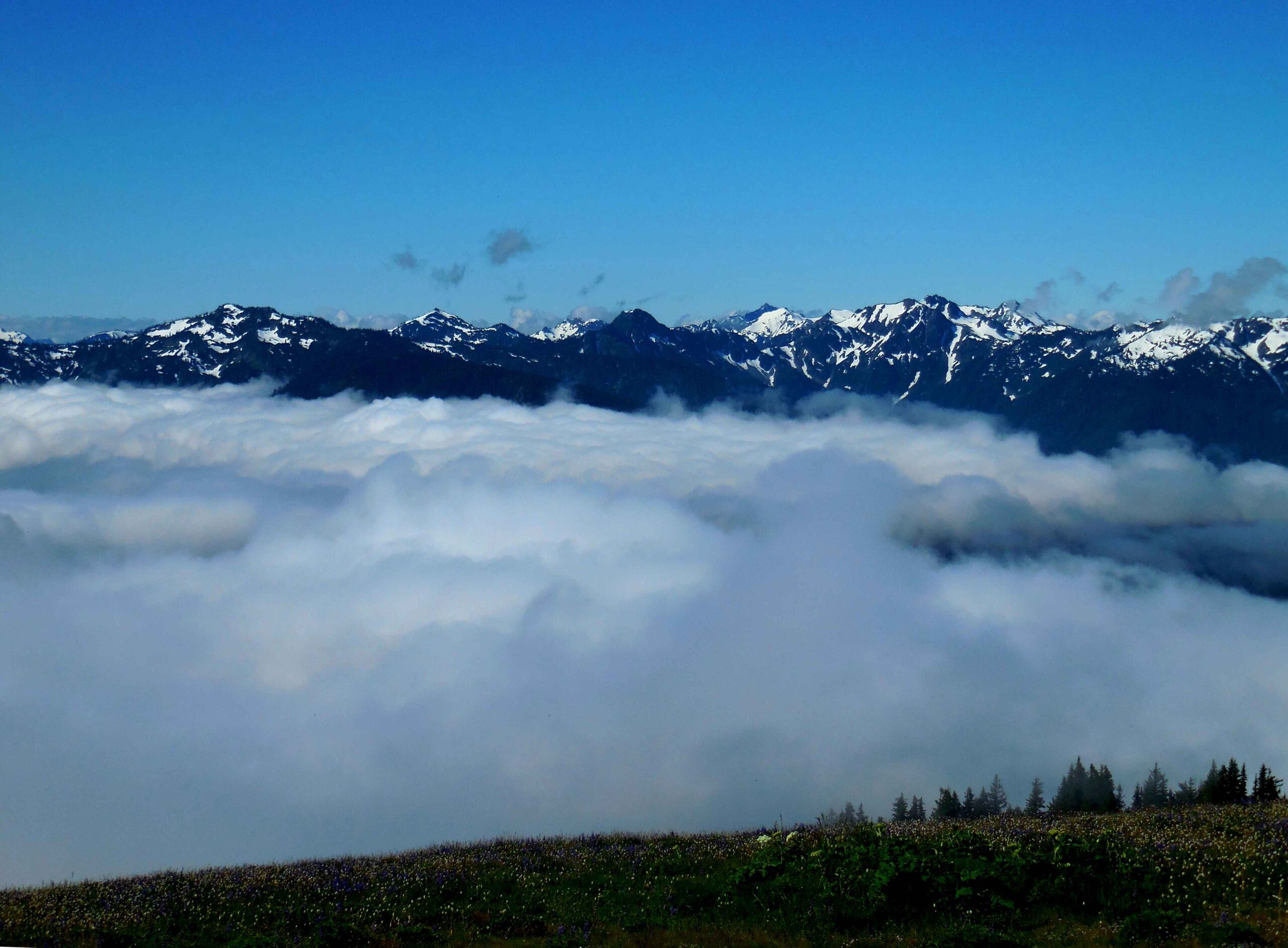The Olympic National Park shoulder season offers visitors a unique opportunity to experience the park’s diverse ecosystems with fewer crowds and milder weather. Typically occurring in spring (April to May) and early fall (September to October), this period provides a perfect balance of accessibility and tranquility. Visitors can enjoy hiking, wildlife viewing, and scenic drives while avoiding the peak summer crowds and harsh winter conditions.
What is the Olympic National Park Shoulder Season?

The shoulder season at Olympic National Park refers to the periods between the peak summer season and the quieter winter months. These transitional times offer several advantages:
- Moderate temperatures
- Fewer visitors
- Lower accommodation rates
- Unique seasonal experiences
The spring shoulder season (April to May) and fall shoulder season (September to October) each have their own characteristics and attractions.
When Exactly is the Shoulder Season in Olympic National Park?

The shoulder seasons in Olympic National Park are:
- Spring: April to May
- Fall: September to October
These periods offer a sweet spot for visitors looking to avoid crowds while still enjoying favorable weather conditions.
What Are the Benefits of Visiting During the Shoulder Season?
Visiting Olympic National Park during the shoulder season comes with several advantages:
- Fewer crowds
- Lower prices for accommodations
- Mild weather conditions
- Unique seasonal experiences (e.g., wildflowers in spring, fall foliage in autumn)
- Better chances of wildlife sightings
What Activities Can You Enjoy During the Shoulder Season?
The shoulder season offers a wide range of activities for visitors:
Spring (April to May):
- Hiking lower elevation trails
- Waterfall viewing
- Wildflower spotting
- Wildlife watching (especially black bears and birds)
Fall (September to October):
- Hiking higher elevation trails
- Fall foliage viewing
- Salmon run watching
- Elk and bear spotting
What is the Weather Like During the Shoulder Season?
Weather during the shoulder season can be variable, but generally milder than peak summer or winter months:
| Season | Temperature Range | Precipitation |
|---|---|---|
| Spring | 40°F – 60°F | Moderate to high |
| Fall | 50°F – 60°F | Low to moderate |
It’s important to note that weather can change quickly in the park, especially at higher elevations. Always check the forecast and be prepared for various conditions.
How Does the Shoulder Season Affect Crowd Levels?
One of the main advantages of visiting during the shoulder season is the reduced crowd levels:
- Spring: Moderate crowds, increasing towards late May
- Fall: Fewer visitors, especially after Labor Day
This allows for a more peaceful experience and better chances of securing accommodations and parking spots.
What Are the Best Hiking Trails During the Shoulder Season?
Some of the best trails to explore during the shoulder season include:
- Staircase Rapids Loop (Spring)
- Sol Duc Falls Trail (Spring and Fall)
- Hurricane Ridge (Late Spring and Early Fall)
- Hoh Rain Forest trails (Spring and Fall)
- Ruby Beach (Spring and Fall)
Always check trail conditions before setting out, as some high-elevation trails may still be snow-covered in spring or early fall.
How Does Wildlife Viewing Differ in the Shoulder Season?
The shoulder season offers unique wildlife viewing opportunities:
Spring:
- Black bears emerging from hibernation
- Migratory birds returning
- Olympic marmots becoming active
Fall:
- Elk during rutting season
- Salmon runs in rivers and streams
- Bears foraging before winter
What Should You Pack for a Shoulder Season Visit?
When visiting Olympic National Park during the shoulder season, pack:
- Layered clothing
- Waterproof jacket and pants
- Sturdy hiking boots
- Hat and gloves
- Sunscreen
- Insect repellent (especially in spring)
- Binoculars for wildlife viewing
- Camera to capture seasonal beauty
Are All Park Facilities Open During the Shoulder Season?
While most main areas of the park are accessible during the shoulder season, some facilities may have limited hours or be closed:
- Visitor centers may have reduced hours
- Some campgrounds may be closed or have limited services
- Certain high-elevation roads may be closed due to snow in early spring or late fall
Always check the official park website for current conditions and openings before your visit.
How Can You Make the Most of Your Shoulder Season Visit?
To maximize your Olympic National Park shoulder season experience:
- Plan ahead and check park conditions
- Be flexible with your itinerary
- Take advantage of fewer crowds for popular spots
- Participate in ranger-led programs (when available)
- Explore different ecosystems within the park
- Capture the unique seasonal beauty in photographs
- Respect wildlife and maintain a safe distance
By visiting during the shoulder season, you’ll have the opportunity to experience Olympic National Park’s diverse landscapes and ecosystems in a more intimate setting, away from the peak season crowds.
References:
1. https://www.dirtinmyshoes.com/the-best-time-to-visit-olympic-national-park/
2. https://travelerbibles.com/best-months-to-visit-olympic-national-park/
3. https://www.myolympicpark.com/park/weather-seasons/best-season-olympic-national-park/

